How close are we to creating a quantum computer?
 Source:
Source:
The Race is in full swing. The world's leading companies are trying to create the first quantum computer, which is based on technology, long promising scientists to assist in the development of marvelous new materials, the ideal data encryption and accurate forecasting changes in the Earth's climate. Such car will appear not earlier than ten years, but that's not stopping IBM, Microsoft, Google, Intel and others. They literally lay out the piece of quantum bits – or qubits – on the processor chip. But the path to quantum computing includes much more than the manipulation of subatomic particles.
Qubit can represent 0 and 1 simultaneously, due to the unique quantum phenomenon of superposition. This allows qubits to hold a huge number of calculations at once, significantly increasing computational speed and capacity. But there are different types of qubits, not all of them are created equal. In programmable silicon quantum chip, for example, a bit value (1 or 0) is determined by the direction of rotation of the electron. However, the qubits are extremely fragile, and some need a temperature of 20 millikelvin – 250 times colder than deep space in order to remain stable.
Of Course, a quantum computer is the processor. These new generation systems will require new algorithms, new software, links and a bunch of not yet invented technologies, benefiting from the enormous computational power. In addition, the results of calculations will need to be stored somewhere.
"If it hadn't been so hard, we would have made one," says Jim Clark, Director of quantum hardware in Intel Labs. At CES this year, Intel introduced the 49-kubicova processor codenamed Tangle Lake. A few years ago, the company created a virtual environment for tests of quantum; it uses powerful supercomputer Stampede (Texas University) to simulate the 42-cubatobaco processor. However, to really understand how to write software for quantum computers, we need to simulate hundreds or even thousands of qubits, says Clark.
Scientific American took Clark's interview in which he talked about the different approaches to creating the quantum computer, why they are so fragile and why this whole thing takes so much time. You will be interested.
theWhat is quantum computing differ from traditional?
A Common metaphor that is used to compare two types of calculations — is a coin. In a traditional computer processor is the transistor either "heads" or "tails". But if you ask which side the coin looks when spinning, you will say that the answer might be both. So arranged quantum computation. Instead of the usual bits that represent 0 or 1, you have a quantum bit that is both 0 and 1 as long as the qubit will not stop spinning and come to rest.
The state Space – or the ability to sort through a huge number of possible combinations – in the case of a quantum computer exponentially. Imagine that I have in my hand two coins and I toss them in the air at the same time. As they spin, they represent four possible States. If I toss three coins into the air, they will represent eight possible States. If I get thrown in the air fifty coins and will ask you how many States they represent, the answer is a number that can't calculate even the most powerful supercomputer in the world. Three hundred coins are still a relatively small number would carry more States than atoms in the Universe.
theWhy qubits are so fragile?
The Reality is that coins or qubits, eventually stops spinning and quanta collapse into the dark in a certain state, whether it is heads or tails. The goal of quantum computing is to maintain their rotation in a superposition of the set of States for a long time. Imagine that on my Desk spinning a coin and someone is pushing the table. The coin could fall faster. Noise, temperature changes, electric fluctuations or vibration can all interfere with the qubit and lead to the loss of their data. One of the ways to stabilize the qubits of certain types is to keep them cold. Our qubits are working in fridge the size of a barrel is 55 gallons and use a special isotope of helium for cooling to a temperature of almost absolute zero.
thethe different types of qubits differ?
There are at least six or seven different types of qubits, and about three or four of them actively considered for quantum computer. The difference is in how to manipulate the qubits and make them interact with each other. Need to two qubit communicated with each other to carry out large "complicated" calculations, and different types of qubits are entangled in different ways. I described a type that requires emergency cooling, is called a superconducting system that includes a processor Tangle Lake, and quantum computers built by Google, IBM and others. Other approaches use oscillating charges caught ions held in place in a vacuum chamber with laser beams which play the role of qubits. Intel develops systems with trapped ions, because it needs deep knowledge of lasers and optics, we can not do it.
However, we study a third type, which is called the silicon spin qubits. They look just like traditional silicon transistors, but operate on a single electron. Spin qubits using microwave pulses to control the spin of the electron and release its quantum of force. Today this technology is less Mature than the technology of superconducting qubits, however, may be much more likely to scale and become commercially successful.
How to get to this point away?
The First step is to make these quantum chips. At the same time, we conducted a simulation on a supercomputer. To run a quantum simulator for the Intel, we have about five trillion transistors for modeling 42 qubits. To achieve the commercial reach to about a million qubits or more, but starting with a simulator like this, you can build the basic architecture, compilers and algorithms. Until we find some physical system that will include from several hundred to thousands of qubits, it is unclear what kind of software we will be able to run. There are two ways to increase the size of such a system: one is to add more qubits, which will require more physical space. The problem is that if our goal is to create computers in a million qubits, mathematics will not allow them to properly scale. Another way is to shrink the inside dimension of the integrated circuit, but such an approach would require a superconducting system, and it needs to be huge. Spin qubits in a million times less, so we seek other solutions.
In Addition, we want to improve the quality qubits that will help us to test algorithms and create our system. Quality refers to the precision with which information is transmitted with time. Although many parts of the system will improve the quality, the greatest gains will be achieved through the development of new materials and the improvement of the accuracy of microwave pulses and other electronics.
Recently, the Subcommittee on digital trade and consumer protection United States held hearings about the quantum computing. What legislators want to know about this technology?
There are several hearings of various committees. If you take the quantum calculations, we can say that it is computing the next 100 years. For the United States and other governments quite naturally be interested in their opportunity. The European Union has a plan for billions of dollars in funding for quantum research across Europe. Last fall, China announced a research base to $ 10 billion, which will focus on quantum information science. The question is than: what can we do as a country at the national level? National strategy for quantum computations should be run by universities, governments and industry working together on different aspects of technology. Standards are certainly necessary from the point of view of the communications or software architecture. The labor force is also a problem. Now, if I open the vacancy of expert on quantum computing, two-thirds of the applicants are likely to be from outside the US.
theWhat is the impact of quantum computing on the development of artificial intelligence?
As a rule, the first proposed quantum algorithms will be dedicated to security (e.g., cryptographic) or chemistry and modeling of materials. This problems that are fundamentally intractable for traditional computers. Nevertheless, there are lots of startups and groups of scientists working on machine learning and AI with the introduction of quantum computers, even theoretical. Given the time frame required to develop the AI, I'd be expecting traditional chips, optimized specifically for algorithms AI, which, in turn, will influence the development of a quantum chip. In any case, the AI will definitely get a boost from quantum computing.
theWhen will we see that working quantum computers will solve a real problem?
The First transistor was created in 1947. The first integrated circuit in 1958. The first microprocessor Intel which contained approximately 2,500 transistors – come to light only in 1971. Each of these milestones was divided more than a decade. People think that quantum computers already around the corner, but history shows that any achievements require time. If in 10 years we will have quantum computer on a few thousand qubits, it's definitely going to change the world just like it changed the first microprocessor.
...Recommended
The Oculus zuest 2 virtual reality helmet for $300. What's he capable of?
Why is the new Oculus zuest 2 better than the old model? Let's work it out together. About a decade ago, major technology manufacturers introduced the first virtual reality helmets that were available to ordinary users. There were two ways to find yo...
The mysteries of neurotechnology - can the brain be used as a weapon?
DARPA has launched the development of a neural engineering system to research a technology that can turn soldiers into cyborgs Despite the fact that the first representatives of the species Homo Sapiens appeared on Earth about 300,000 - 200,000 years...
What materials can be used to build houses on Mars?
Marsha constructions n the surface of the Red Planet SpaceX CEO Elon Musk is hopeful that humans will go to Mars in the next ten years. Adapted for long flight ship Starship is already in development, but scientists have not yet decided where exactly...
Related News
Carlsberg brewed the first beer from wastewater
Alcoholic beverage, we want to tell, in Sweden has been dubbed the «shit beer» or «bajsöl». It boiled at the brewery, Nya Carnegie, it's called PU:REST, and this is the first beer in Sweden, two-thirds of the w...
Scientists have created the flux capacitor. But to travel in time to use it will not work
One of the most famous films about time travel Back to the future last but not least remembered for a hell of a stylish car brand DeLorean. The main item through which it is possible to make the time jump, was the flux capacitor (...
Artificial intelligence has learned to recognize people by gait
Not everyone knows that each person has an individual style of walking. Gait each unique, like a snowflake, retina or fingerprint. Person to see the differences is difficult, but artificial intelligence is able to learn it. Accor...
The exoskeleton from Lockheed Martin will make American soldiers more resilient
it's No secret that, most likely, in the future, the exoskeletons will stand the armies of the world. And development in this area are already underway. Well-known company Lockheed Martin, in cooperation with the U.S. Department o...
Home of the future look like for suburban areas technological elite
About eight hours South of Silicon valley is the Monterey Peninsula. On this Peninsula you can find a community of young enthusiasts who are developing a recreation area for the elite of the technical community of Silicon valley. ...
A small startup can bypass the Mask and Zuckerberg, linking our brain to a computer
Modern technology such as Autonomous vehicles and definitely the world. But nothing will affect our future as a technology that connects the human brain with a computer. It is known that on this task, I Elon Musk and mark Zuckerbe...
"Impossible engine" turned out to be really impossible
Researchers from Dresden University of technology measured the pull of the "impossible engine" EmDrive, which does not require fuel and violates the law of conservation of momentum, and came to the conclusion that there is no magi...
What is the power consumption of bitcoin
At this point mining bitcoins requires a large number of attachments and a very specific equipment. For most it will be easier to buy the currency on the exchange, but this does not mean that mining has slowed down. For the produc...
French engineers constructed the world's smallest house
the French team of engineers, Institute Femto-ST in besançon (France) invented and constructed a new system of microscopic robots, which greatly expanded the boundaries of optical nanotechnology. Making combination of several alre...
The facial recognition technology examines Chinese students every 30 seconds
it Seems that China today ahead of the entire planet, if we talk about monitoring its own citizens. Not so long ago we special sensors that monitor the mood of workers at the enterprises. Today will tell about the technology of fa...
Elon Musk announced the price for the trip through the tunnel, built The Boring Company
Elon Musk and Steve Davis, Director of the Boring Company, told about the project of high-speed highways underground Loop, which the company plans to build in Los Angeles in conjunction with the Metropolitan city. According to ent...
Leaked internal Google video about the impact on the choice and habits of a person
Google has created a truly creepy movie that could easily appear on Netflix as part of the show «Black mirror». It tells the story of a future in which it would be possible to change our user data in order to affect huma...
Carpooling in China refuses the user ratings after the murder because of the rating
the Hitch is kabalingay service of the popular Chinese company Didi Chuxing, which is the market leader in China. A week ago it was forced to suspend Hitch because of the murder of 21-year-old passenger. Having studied the circums...
Brother Elon musk wants to revolutionize the American food
on a Clear morning in Denver the high school students figured out how to grow herbs using Cimbala Mask, brother of the notorious Elon musk. In the 90-ies he helped his older brother start Zip2 and the company that later became Pay...
Scientists have created a paper... the most durable material
the Paper used by humankind for thousands of years, and during this time, she found huge application in all spheres of our life. But scientists are always trying to look at known objects from a new angle. According to the publicat...
Opened blockchain-the market for digital goods
If the idea of spending real money on something virtual seemed to be unacceptable, today, many people gladly pay for digital content and virtual items. The company Rare Bits literally lives for this. Their new product – the market...
South Korea introduced a home printer to print food
What does it take to cook? Of course, the food! In fact, after a few years the answer may not be so clear. Recently at the conference Experimental Biology 2018, a group of scientists from South Korea has introduced home 3D printer...
The results of the Google I/O 2018: Android P Google Lens and more
Was the biggest presentation of Google in 2018. She was dedicated to the opening of the conference for developers , which will last until may 10. Traditionally, the first day of the conference, on stage the leaders of the company ...
The missile technology of the future will be able to deliver humans to Mars
February 6, SpaceX made history by launching a Falcon Heavy rocket from Cape Canaveral in Florida. Today it is the largest and most powerful rocket in the world. Elon Musk, the world-famous CEO of a space company, plans to build a...
#news high technology 242 | Russian air defense system and floating nuclear power station
Every Monday in the new issue of «News high-tech» we summarize the previous week, talking about some of the most important events, the key discoveries and inventions. This time we will talk about the Russian defense syst...


















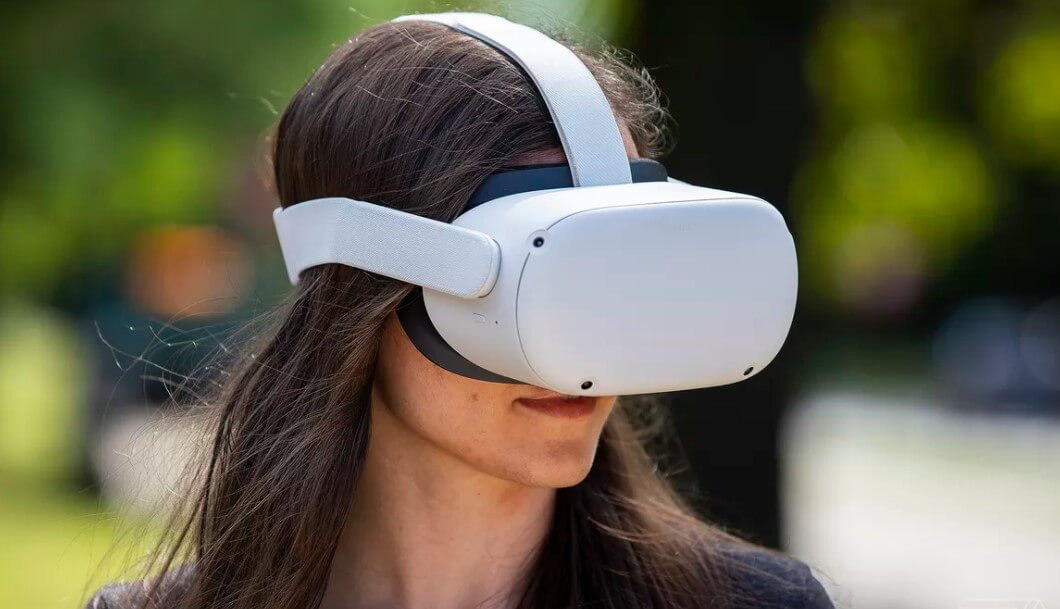
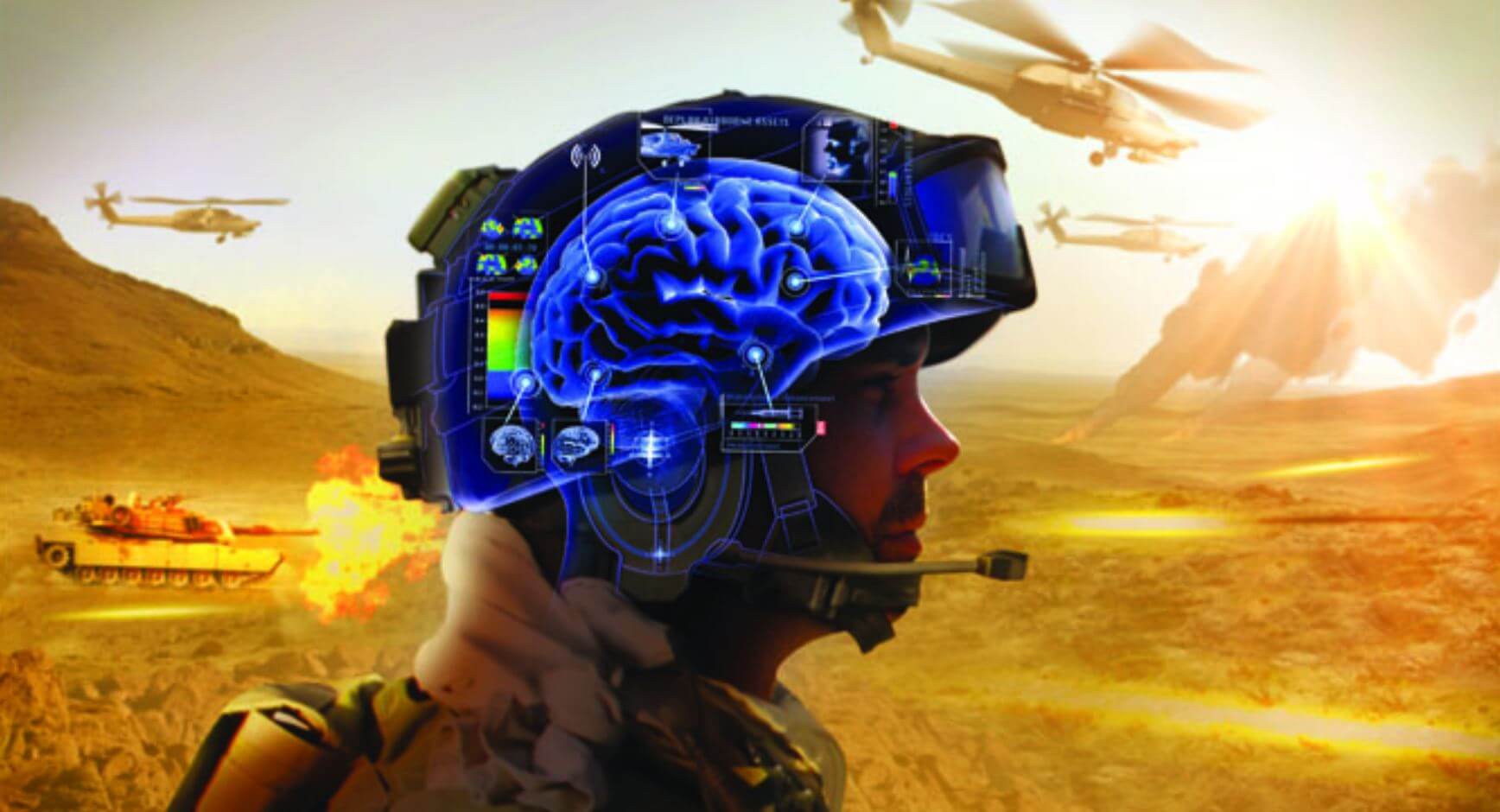
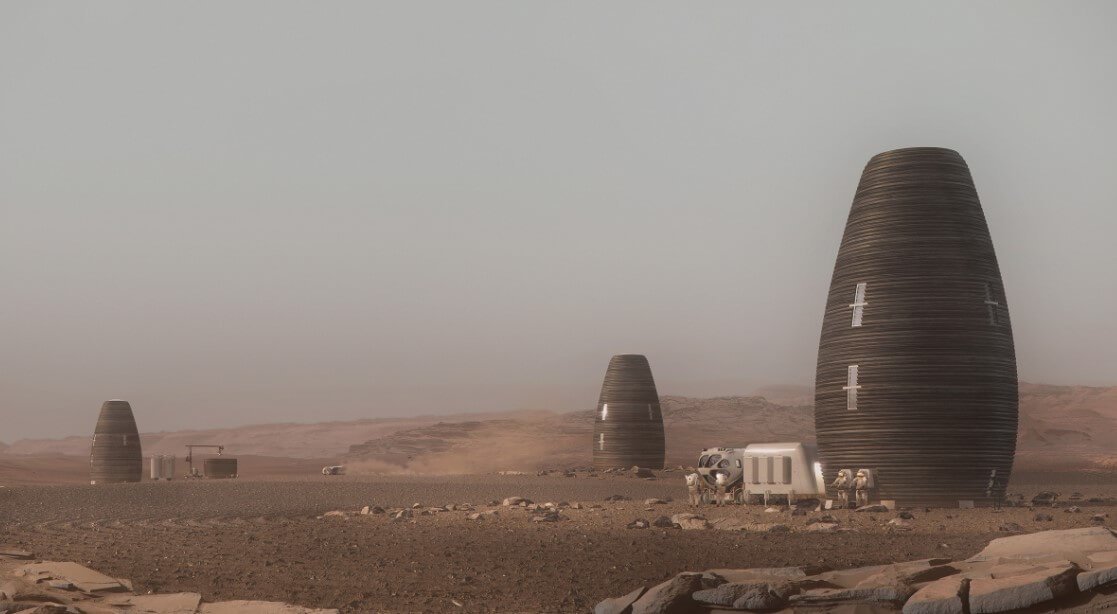

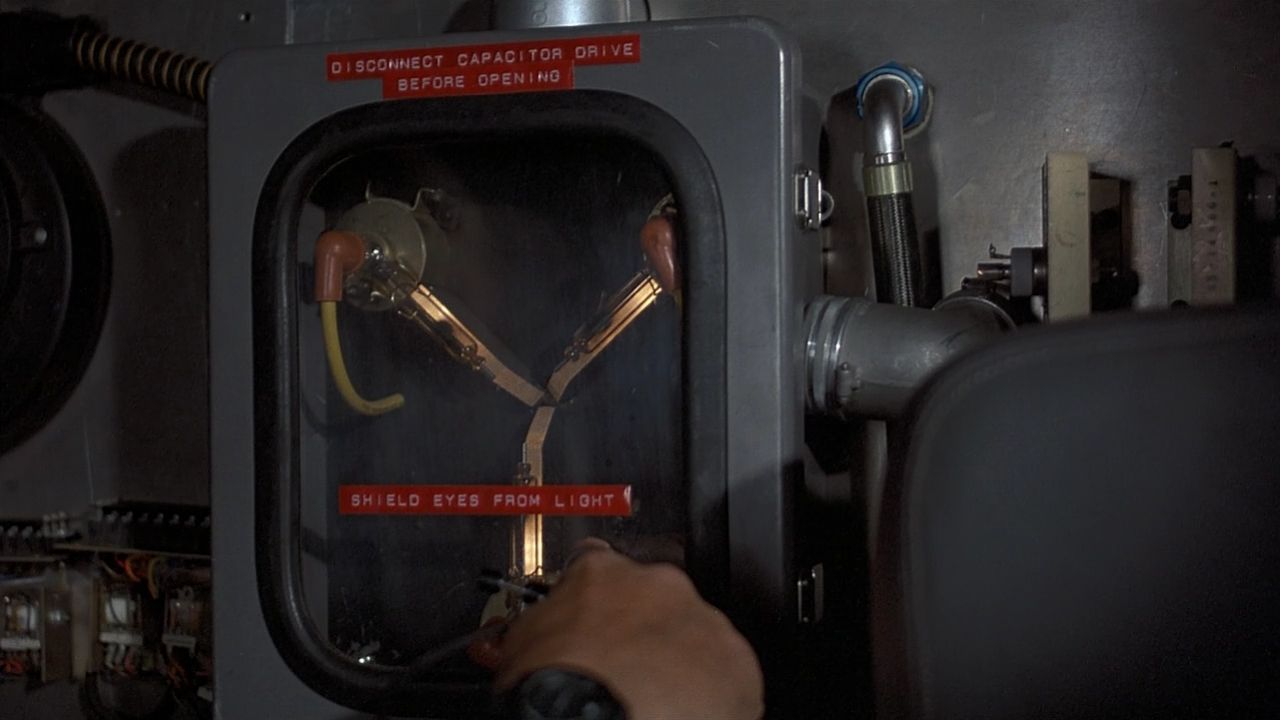



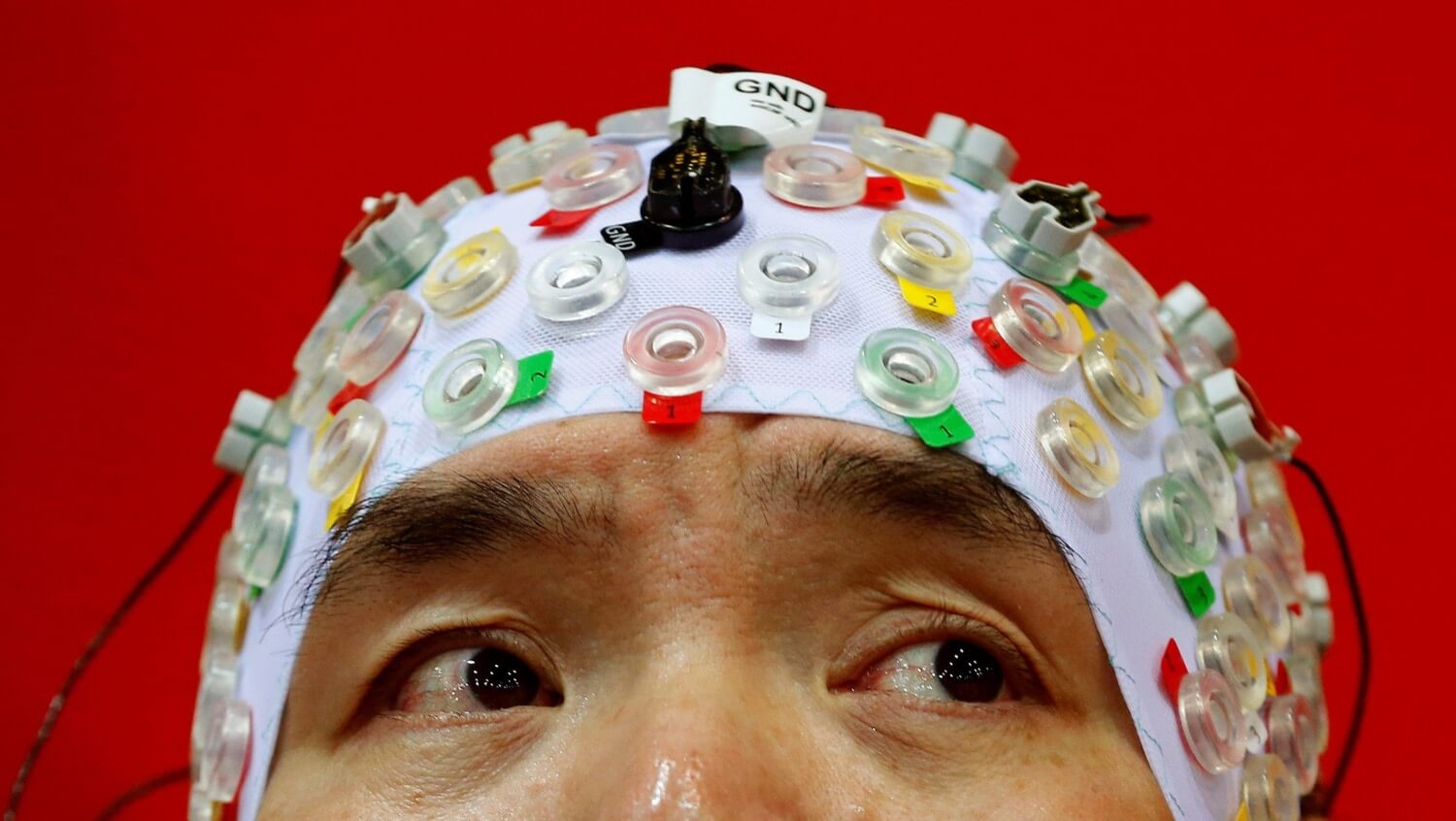
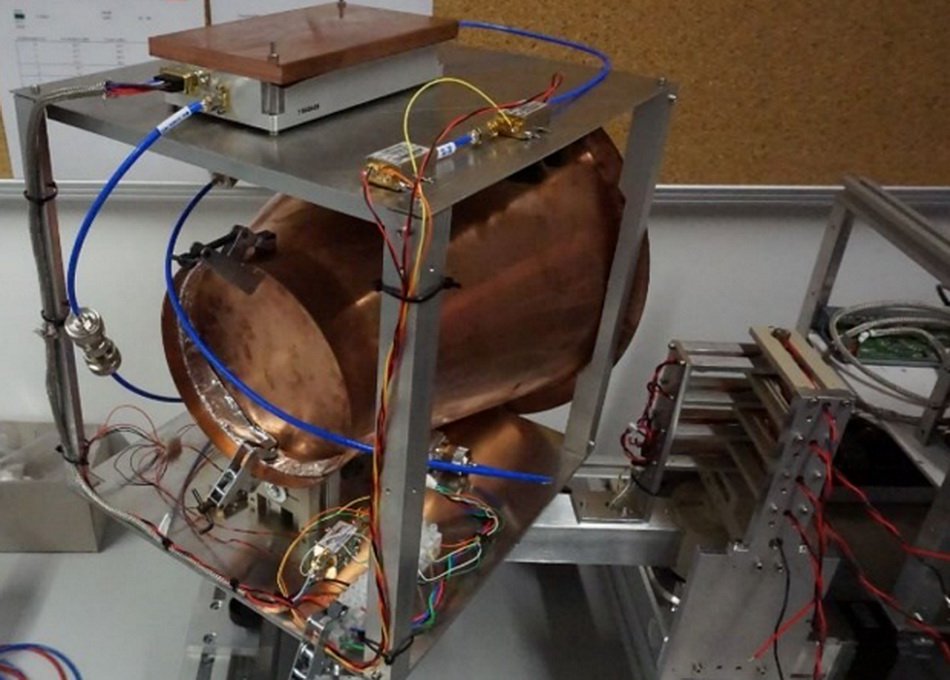
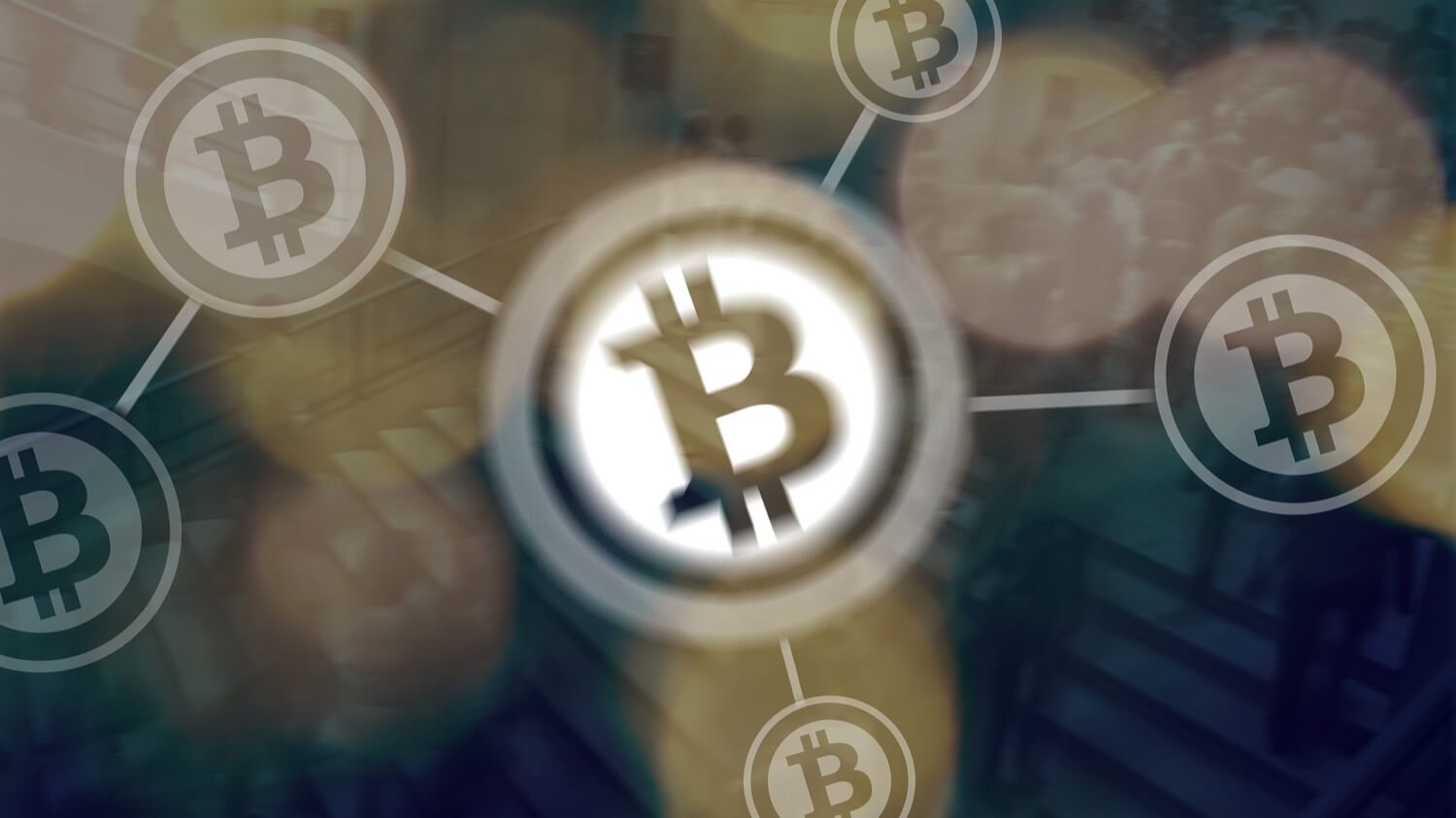
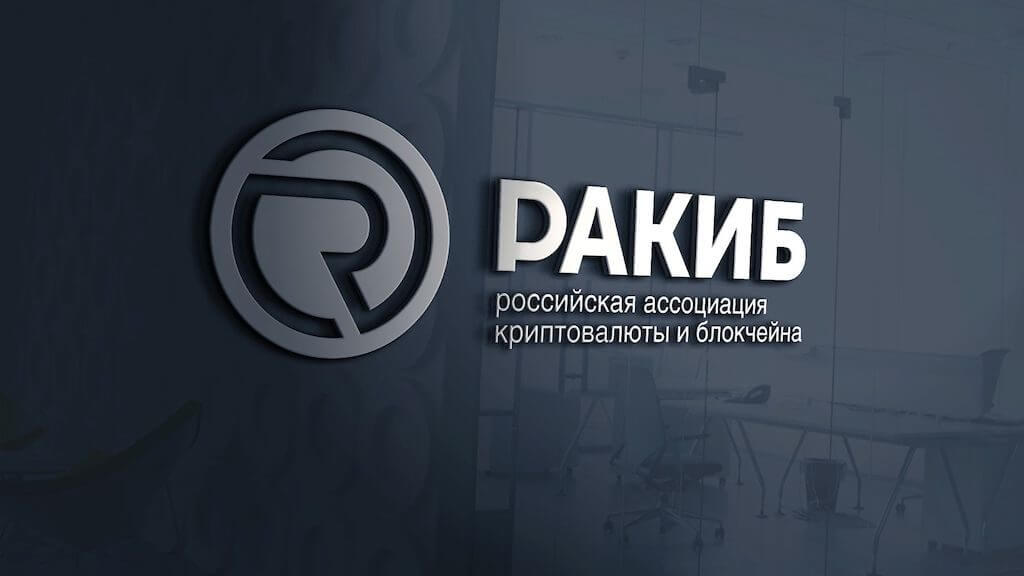
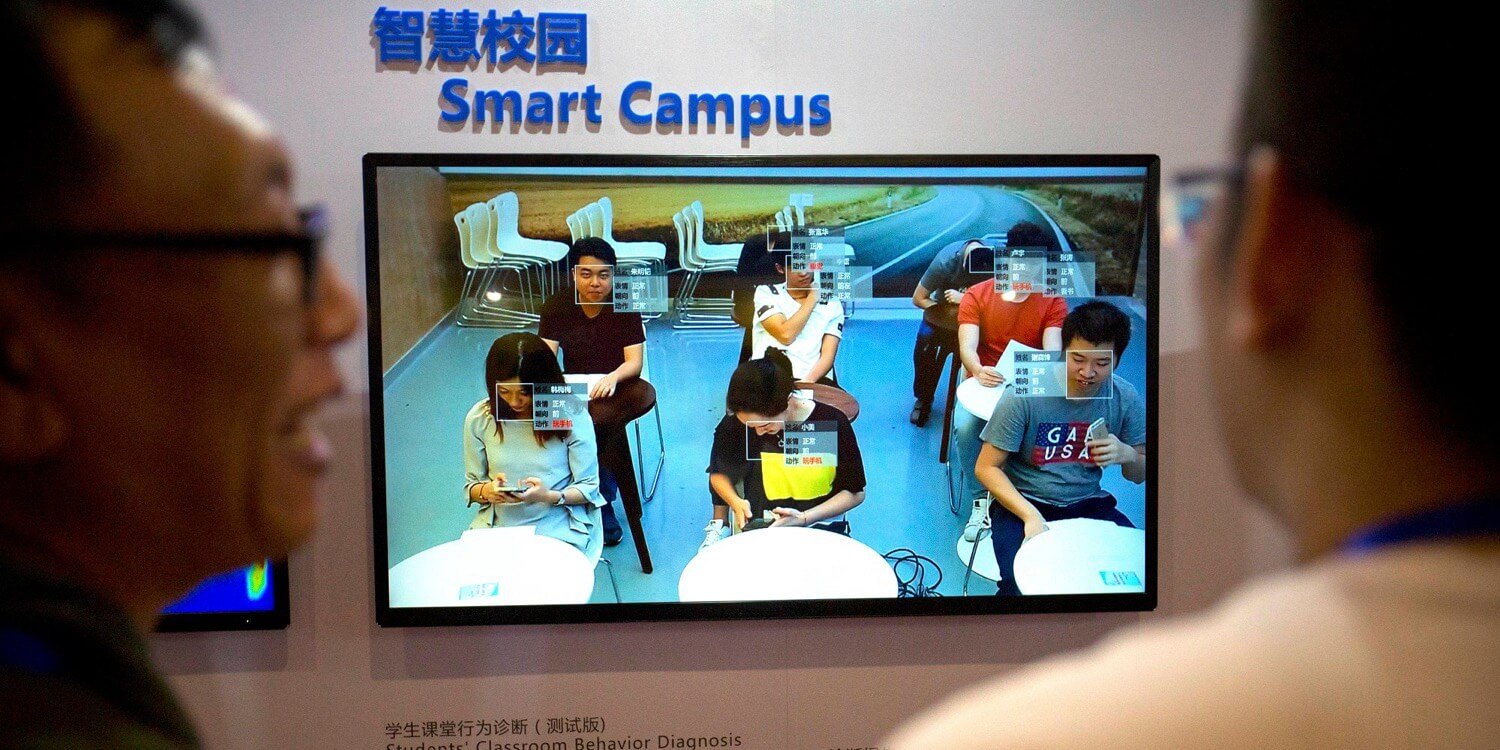
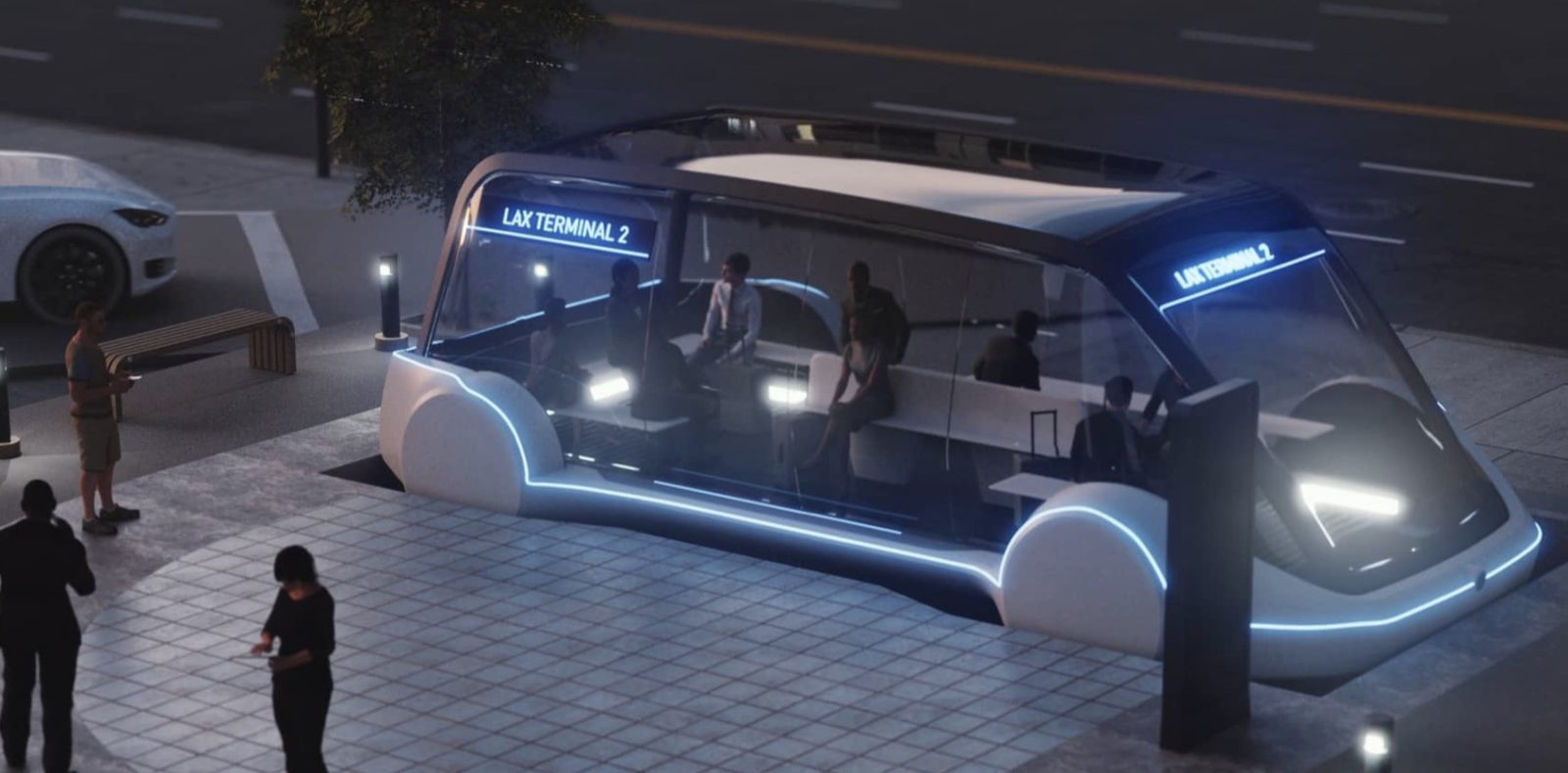
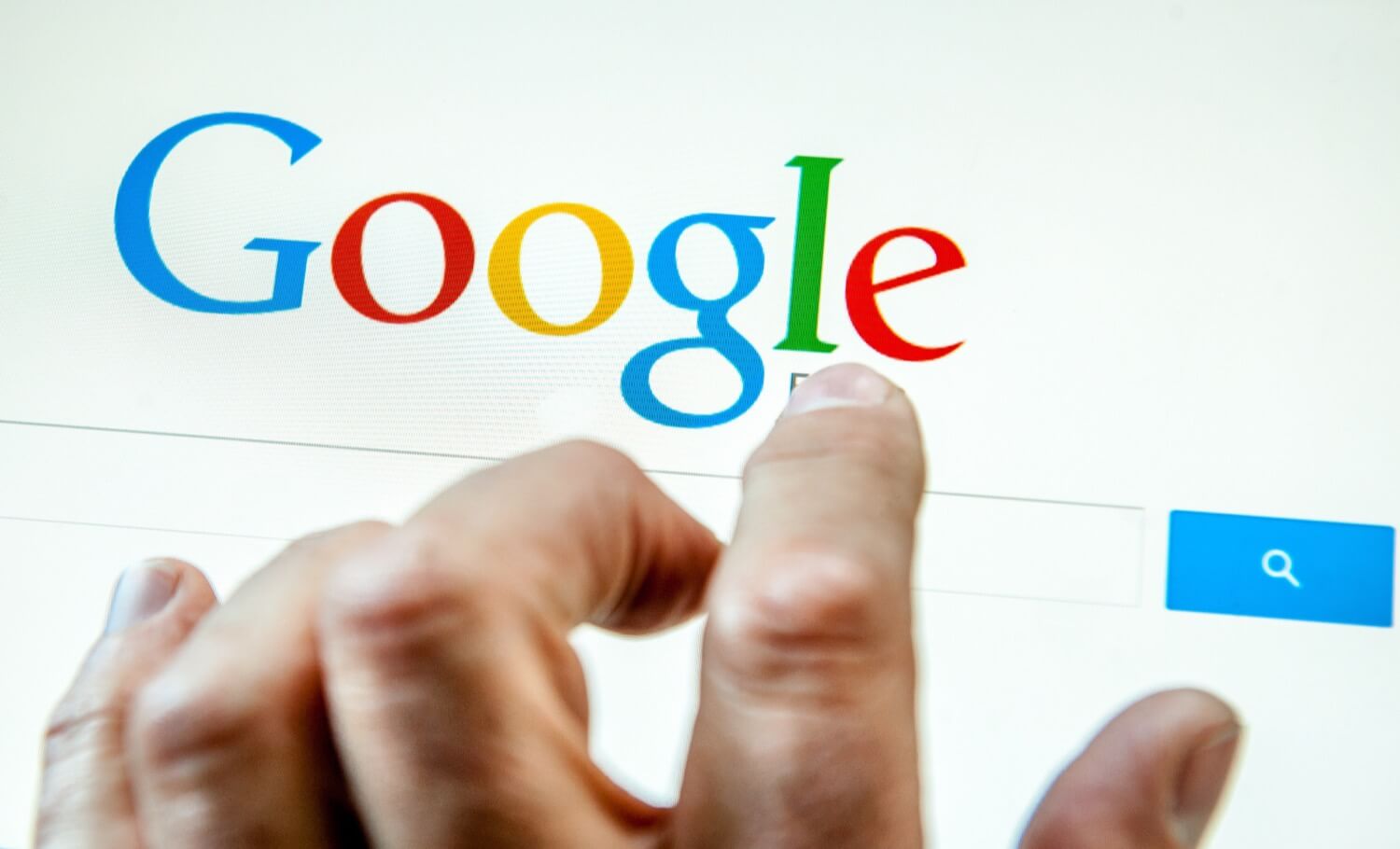
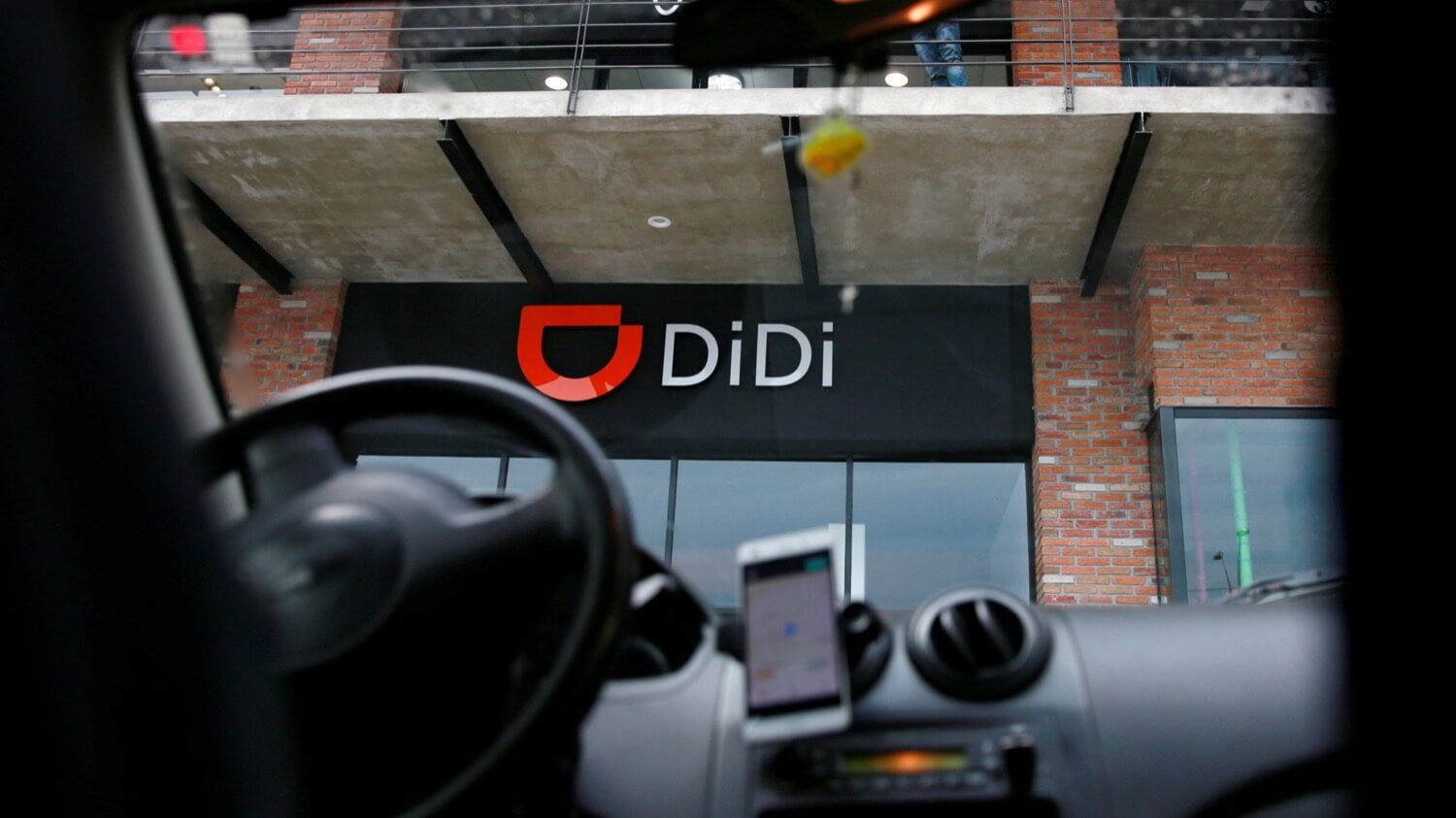
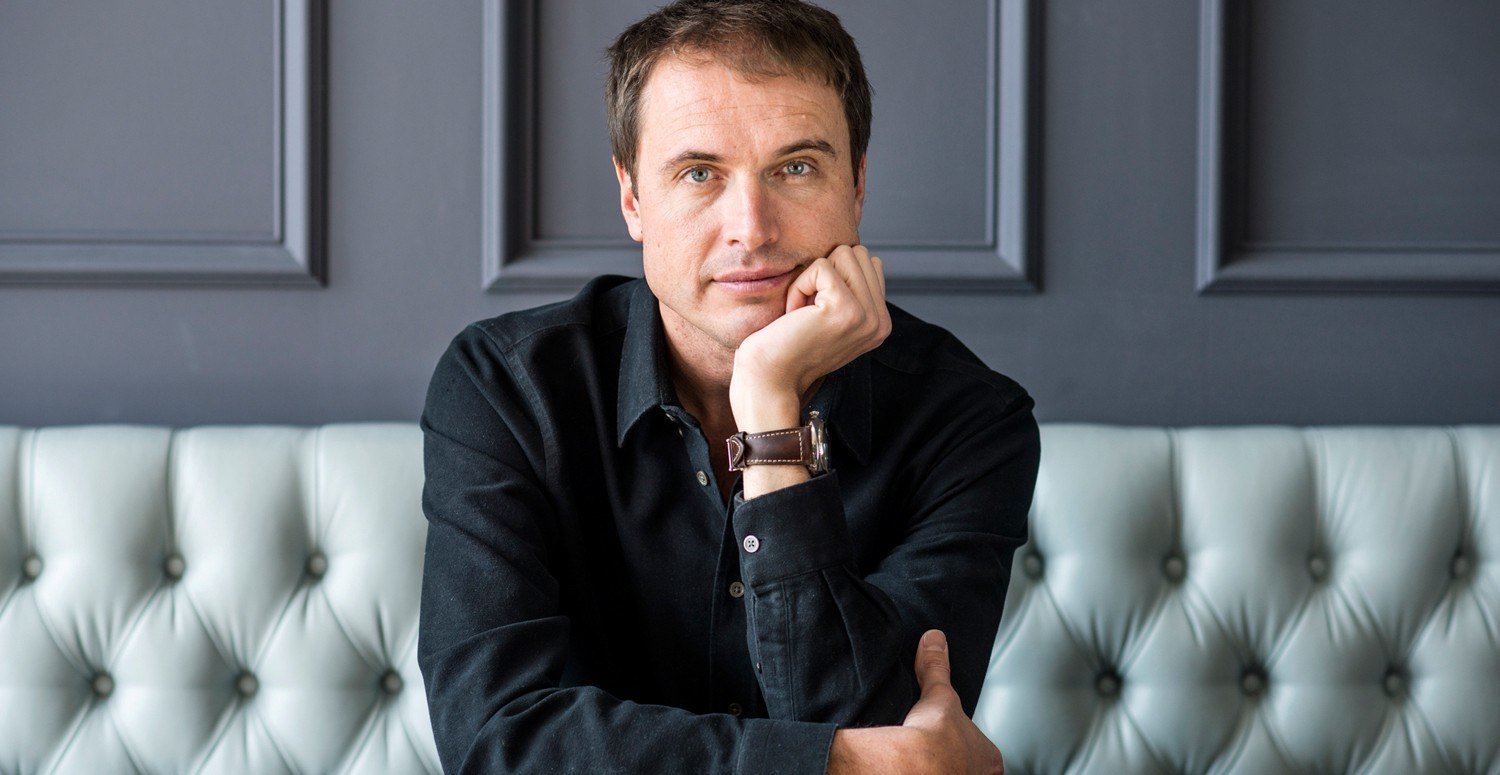


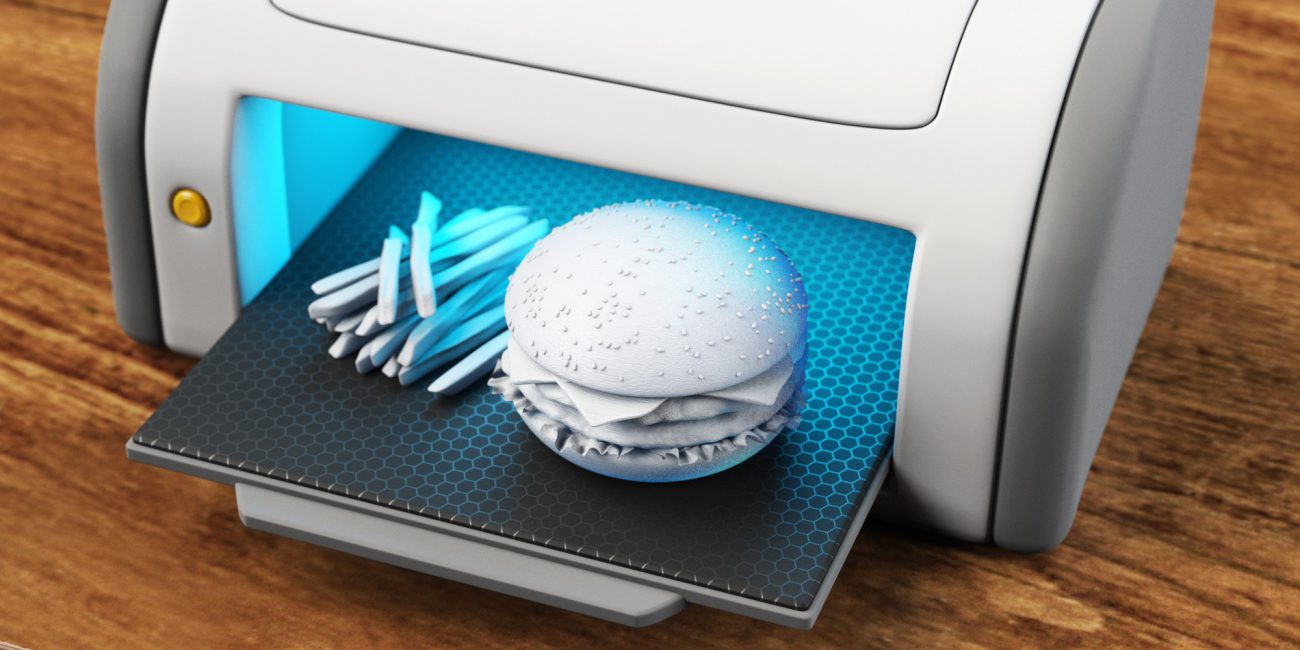

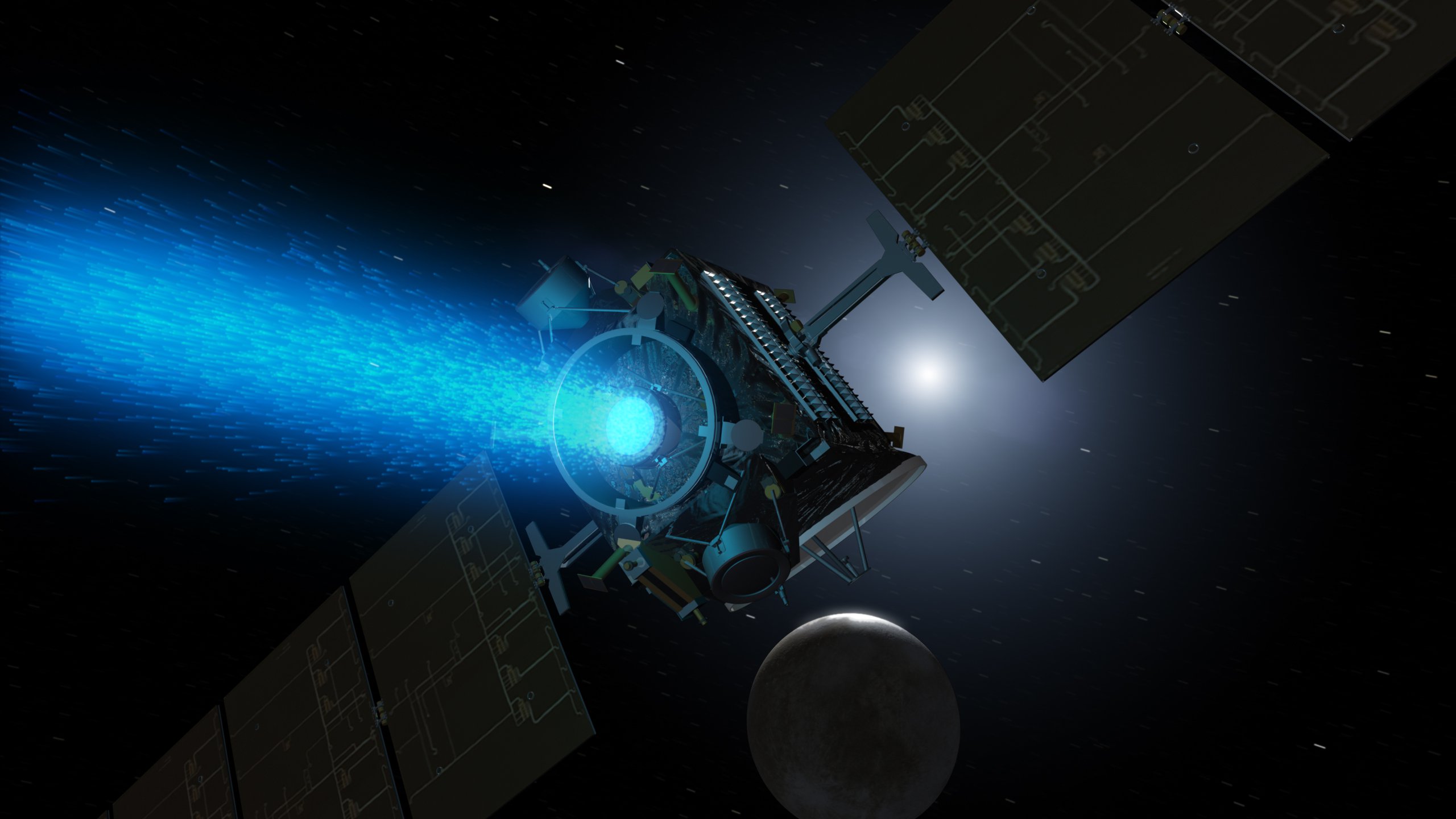
Comments (0)
This article has no comment, be the first!